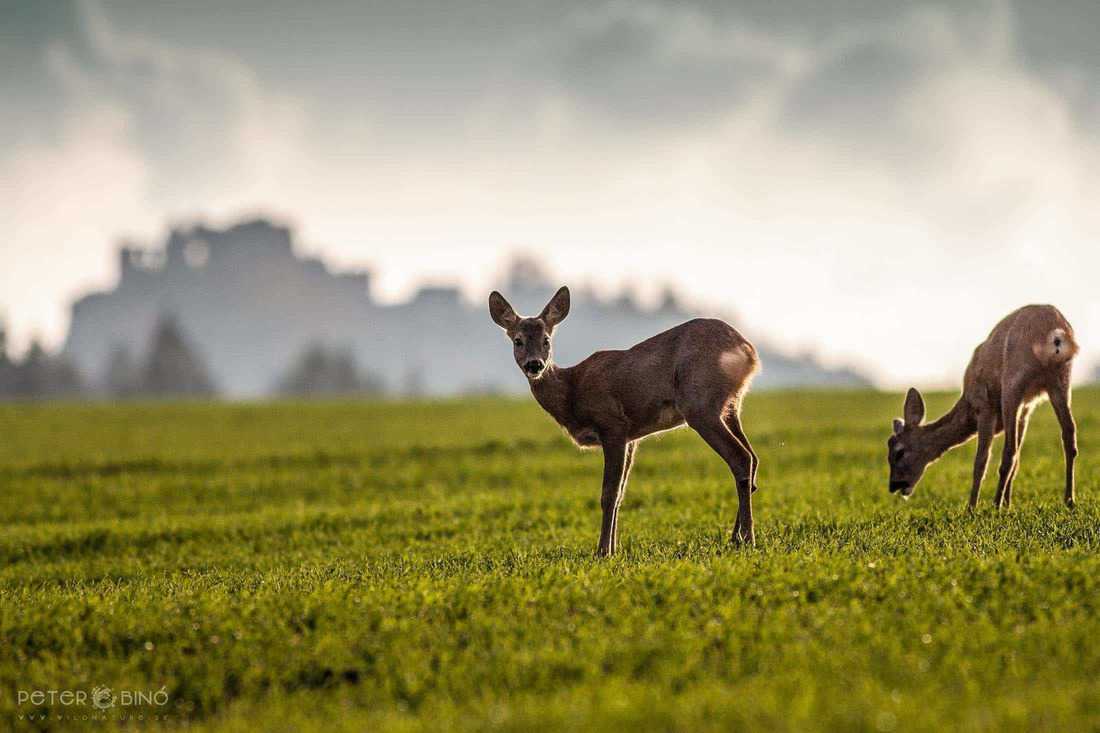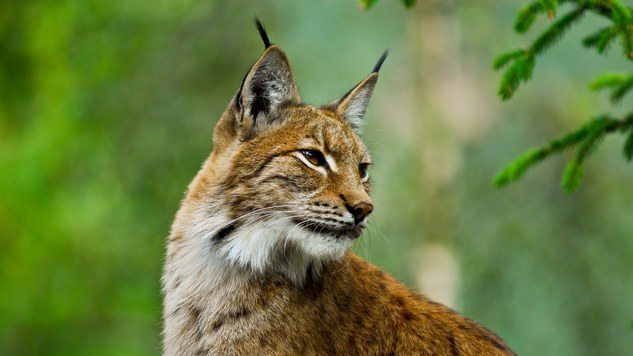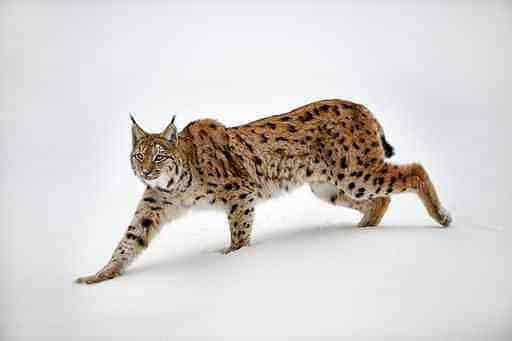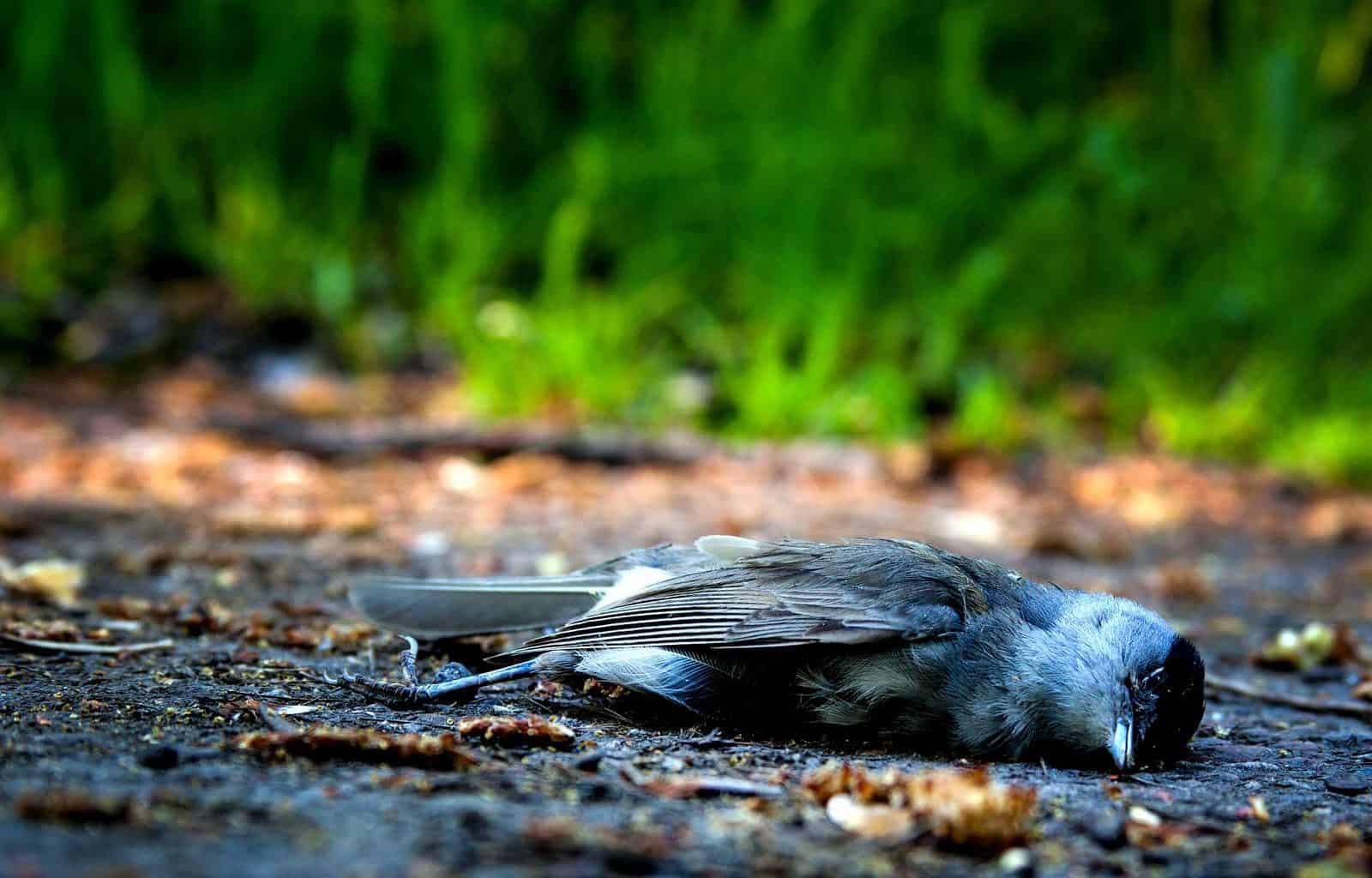Wildcats return again to Austria
After regular sightings of wildcats during the last few months in Austria, nature experts believe that the wildcat has begun to successfully resettle in Austria. This signals an impressive recovery for a species that the Environment Agency listed on the Austrian Red List of Endangered Species in the 1980s as an extinct species in Austria.
Please also read: Natura 2000 Day: Success story with room to improve
Sightings in the states
Already in June this year, scientists confirmed the presence of wildcats in Lower Austria and Carinthia, using genetic analysis. In the meanwhile, the Österreichischer Naturshutzbund and the Österreichischen Bundesforste have also confirmed their presence in other federal states. For a species supposedly extinct from Austria, this is promising news that represents an upturn in their fortunes.
Signs that the return of the wildcat is not just fleeting but more long term are also present. The Senckenberg Institute’s research in Wachau exemplifies this. Their genetic analysis of populations in this area confirmed the presence of 5 wildcats, female and male. Due to this knowledge, scientists have drawn the promising conclusion that offspring are likely here too.
Research efforts
While it is certainly good news that a wildcat population has returned to Wachau and settled there, there has not been any research conducted, as of yet, into how and when they arrived. So far, many of the research efforts have focused on collecting reports of sightings and photos of the wildcat. The Österreichischer Naturshutzbund have mainly conducted this through their many campaigns, including “Vielfaltleben“.
However, as these sightings became more common in Austria, other methods were also pursued. Currently, scientists gather wildcat DNA through the use of specially trained dogs, that are capable of sniffing out wildcat excrement. In addition, they employ a decoy method involving the preparation of wooden stakes with valerian. This is a scent that usually attracts wildcats, especially during the mating season between January and March. After that, researchers install the stakes into areas where the researchers believe that wildcats are present. Subsequently, wildcats rub against these stakes, with their genetic material sticking to the wood. Alongside the excrement that the dogs find, scientists collect this material and then test and analyse it. As a result of this analysis, we are now aware that this wildcat population in Wachau originates from the central-German wildcat population.
Strengthening wildcat protection
With the wildcat being a strictly protected species in Annex IV of the EU’s Habitats Directive, it is important that efforts to protect it are furthered. Despite the positive signs so far, wildcat populations still come under a lot of pressure from human life. Threats, including a destruction of suitable habitats, poaching and hybridisation with domestic cats, continue to endanger wildcats in Europe.
As we all know, nature knows no borders. This makes transnational cooperation in central Europe and the Alpine regions crucial in supporting the recovery and maintenance of wildcat populations, not only in Austria, but neighbouring areas too. Therefore, the European Wilderness Society, alongside other partners, has proposed a new LIFE WILDCAT project. This new project looks to improve this species’ protection in the central European area. Projects, like such, help build on the promising signs of the wildcat’s reemergence in Austria, hopefully bringing about the establishment of a greater population in the future.







